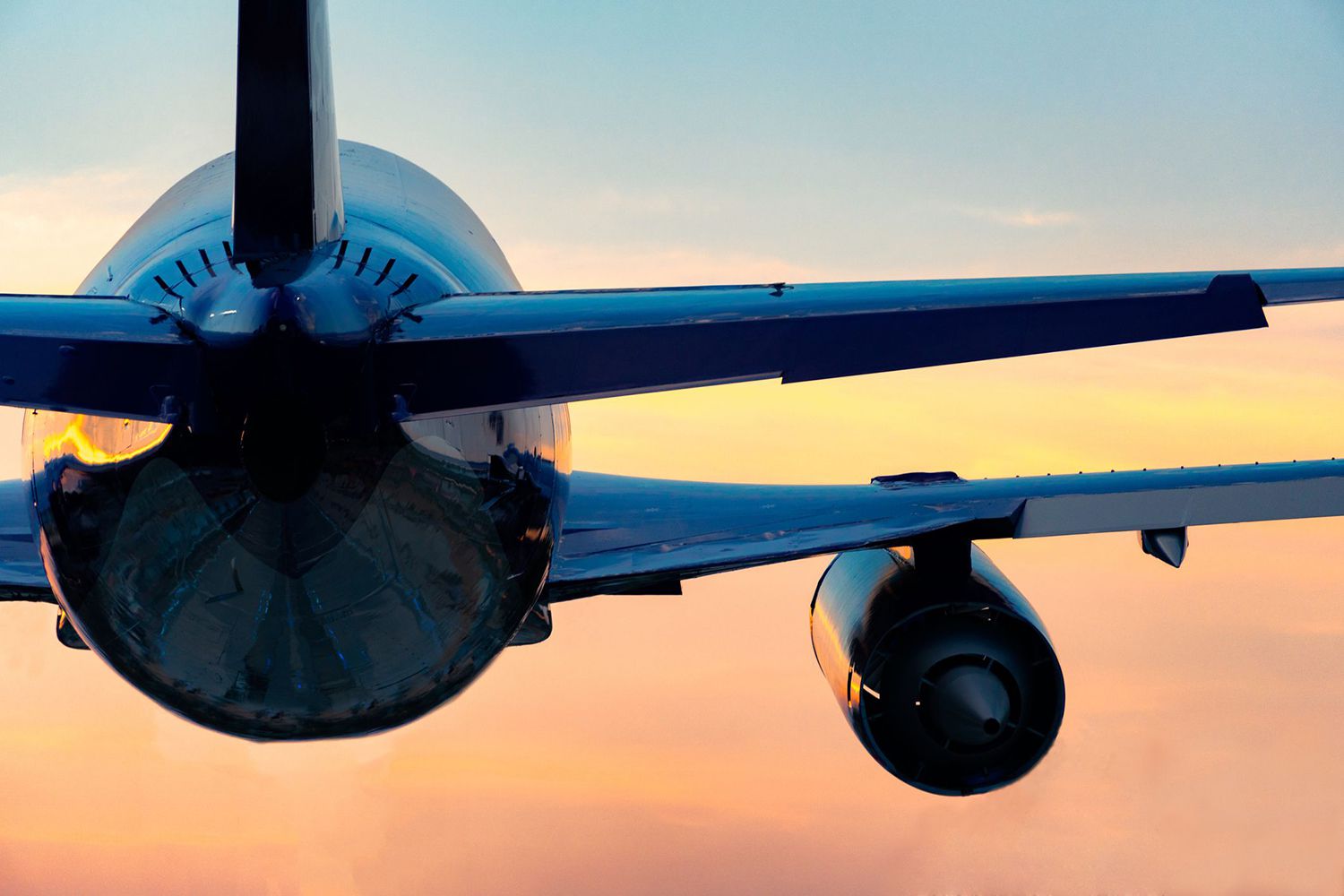The U.S. airline industry today is arguably an oligopoly. An oligopoly exists when a market is dominated by a small group of companies, often because the barriers to entry are significant enough to discourage potential competitors. In the U.S. airline industry the barriers to entry include high startup costs, infrastructure constraints limiting the availability of take-off and landing slots, and market incumbents’ large economies of scale. While four U.S. carriers account for nearly two-thirds of the domestic market in the aggregate, no single airline’s market share reaches 20%. Some have a greater market share at particular airports or on certain routes, however.
Key Takeaways
- One could argue that the U.S. airline industry is an oligopoly controlled by the four main domestic carriers: American Airlines, Delta Airlines, Southwest Airlines, and United Airlines.
- The Airline Deregulation Act of 1978 removed the Civil Aeronautics Board’s (CAB) power to regulate the U.S. airline industry.
- Without federal government control, airlines were free to set routes, increase the number of flights, and adjust fares.
- Over time, the airline industry consolidated, with a number of carriers merging.
- Some industry critics argue consolidation has hurt competition, and a federal court has blocked a code sharing agreement between American and JetBlue at airports serving New York City and Boston on antitrust grounds.
The Major Airline Players
As of February 2024, four major airlines—American Airlines, Inc. (AAL), Delta Air Lines, Inc. (DAL), Southwest Airlines (LUV), and United Airlines Holdings, Inc. (UAL)—had over 68% of the domestic U.S. market share.
Delta had the largest market share, at 17.8%, based on domestic revenue passenger miles over the previous 12 months. American and Southwest were close behind with 17.3% and 17.2%, respectively, while United had 16.0%.
On July 27, 2022 low-cost carriers Frontier Group Holdings Inc. (ULCC) and Spirit Airlines Inc. (SAVE) terminated plans for a $6.6 billion acquisition of Spirit Airlines by Frontier, the operator of Frontier Airlines. The deal would have created the fifth-largest U.S. carrier with a combined domestic market share of 8.7% in 2024.
The domestic airline industry posted a combined after-tax profit of $1.6 billion in third quarter of 2023, down $0.8 billion from the prior year. Air travel had declined markedly in 2020 amid travel restrictions prompted by the COVID-19 pandemic. U.S carriers lost a combined total of $35 billion on an after-tax basis that year. The domestic airline industry returned to profitability in the second quarter of 2021.
From Deregulation to Consolidation
Between 1940 and 1978, the Civil Aeronautics Board (CAB) regulated domestic air travel in the U.S. as a public utility. The CAB’s approval was required for changes to schedules, fares, and routes. The agency was notoriously reluctant to approve airlines’ requests for new routes, raising the barriers to market entry for potential competitors.
The Airline Deregulation Act became law in 1978. Its effect was to increase competition, with fare prices decreasing in the 20 years following its introduction. Meanwhile, the number of passengers increased from 207.5 million in 1974 to 917 million by 2022.
Extensive industry consolidation followed. High-profile mergers have included Delta with Northwest in 2009, United Airlines and Continental Airlines in 2010, Southwest and AirTran in 2011, and American Airlines and US Airways in 2013. The U.S. Department of Justice sued to block American’s merger with US Airways but eventually settled the case, allowing the deal to proceed after American agreed to divest some airport gates and slots.
Fares rose for a few years following the 2007-2008 global financial crisis, but broadly declined after 2013.
In the years leading up to the COVID-19 pandemic, the major U.S. airlines cut unprofitable flights, filled a higher percentage of seats on planes, and slowed capacity growth to command higher fares. In addition, since 2008, the airlines have charged ancillary fees for services previously included in the airfare.
Using a travel rewards credit card that offers free checked bags and Global Entry/TSA PreCheck credit is one way to save money on airline fees.
New Controversies
Some lawmakers and passengers have continued to take the industry to task for alleged anti-competitive practices. “Consumers are paying sky-high fares and are trapped in an uncompetitive market with a history of collusive behavior,” wrote U.S. Senator Richard Blumenthal, a Democrat from Connecticut, in a 2015 letter to the U.S. Department of Justice.
Similar concerns prompted the Justice Department’s antitrust unit to launch an airline industry probe in 2015. That probe did not produce sufficient evidence to bring a court case, The Wall Street Journal reported in early 2017.
In February 2021 American Airlines and low-cost carrier JetBlue (JBLU) launched the Northeast Alliance code sharing agreement under which they jointly marketed flights, coordinated operations, and provided reciprocal benefits for each other’s loyalty programs.
In May 2023, a federal judge ruled in favor of the Justice Department’s suit to block the Northeast Alliance deal on antitrust grounds, following a multi-week trial that began in September 2022. The Justice Department alleged that the alliance eliminated competition at New York City and Boston airports and harmed air travelers nationwide.
While the COVID-19 pandemic hit airline industry revenues, there was an upside for travelers–a significant drop in the average domestic fare from $350 in 2019 to $260 in 2021.
The Bottom Line
A handful of U.S. airlines handle the bulk of domestic passenger travel but no single carrier has a dominant market share. Some airlines do operate a large share of the flights from certain airports, and competition on some routes may also be limited. Despite high barriers to entry and persistent complaints of collusion by critics, airfares broadly declined after the airline industry was deregulated in 1978 and again from 2013 through the COVID-19 pandemic following a wave of airline mergers.

